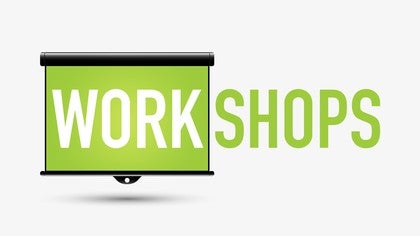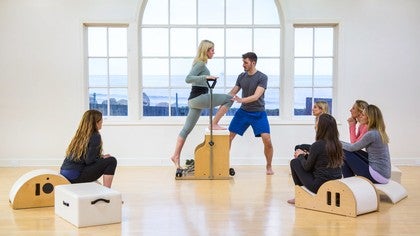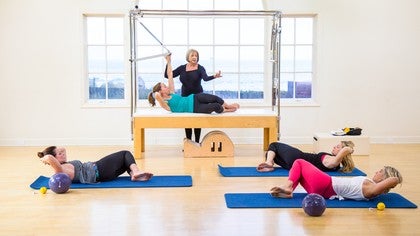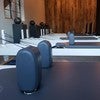Premium workshop
You can view a 2 minute preview. For details, scroll down below the video.
Workshop #3589
Reformer Group Formatting
Description
Objectives
• Master layering techniques and strategies to maintain continuous movement and precision
• Discover methods to create positive experiences for your clients
• Explore the strategic use of reset exercises to help clients maintain connections and precision during challenging movements
Once you purchase this workshop, the accompanying PDF will appear beneath the workshop description on this page.
About This Video
Workshops: Teaching Methodology
Comments
Tip: Print the PDF workshop manual before you begin. So much good information and lots of room to take notes.
Pilates Teachers: Trust me, you will benefit from this no matter how long you've been teaching, how experienced you are or how much training you've had. You will love.
You need to be a subscriber to post a comment.
Please Log In or Create an Account to start your free trial.





























